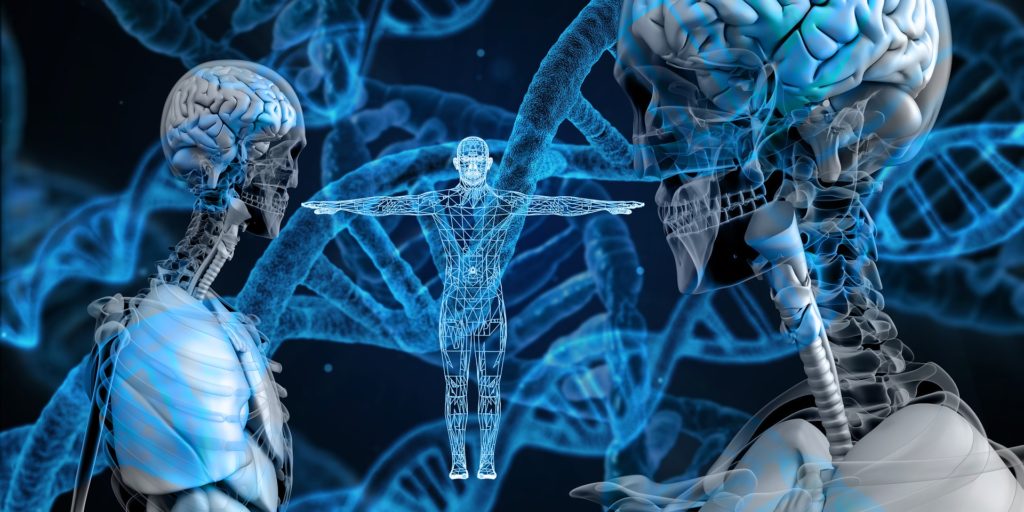
With one in 44 children in the United States having autism, early detection and intervention are integral to improving outcomes. Because autism is diagnosed based on behavior, and there are not yet reliable biomarkers to detect the likelihood of autism, there is a need for standardized screening to identify children at high likelihood for autism and to refer them for diagnostic and intervention services at as young an age as possible.
However, Robins and her colleague Andrea Wieckowski, PhD, an assistant professor in the Autism Institute, have found that use of these measures in research and clinical practice often differs from the original validation studies. This limits people’s ability to understand and measure how M-CHAT(-R/F) performs in detecting autism.
Newly published in JAMA Pediatrics, a study by Wieckowski, Robins and their co-authors systematically reviewed and analyzed factors that may lead to different performance estimates of the M-CHAT(-R/F) tests. The research team reviewed studies published between January 2001 and August 2020 and found 50 studies that provided information on M-CHAT(-R/F)’s performance as an autism screener.
“M-CHAT(-R/F) shows strong performance as an autism screener,” said Wieckowski “We found that across the studies, there was 83% sensitivity, or ability to detect autism when present. Specificity, or ability to accurately rule out autism, was 94%, indicating its strong performance.”
However, there was also wide variability in results. Higher performance was reported in studies that used low-likelihood of autism samples — also known as “population-based” samples — as opposed to high-likelihood samples, such as samples of children with older siblings on the autism spectrum or other factors that increase likelihood of autism.
Performance of M-CHAT(-R/F) also varied according to confirmation strategies and use of Follow-Up. Specifically, whether case-confirmation strategies occurred around the same time as screening (concurrent) or when children were older (prospective), or whether the study used the structured Follow-Up for children who scored in the moderate range on the initial questionnaire impacted the screener’s performance. Other factors that influenced performance of M-CHAT(-R/F) screening included use of non-English translations of the test, versus primarily English screening, and the size of the study sample.
The authors suggest that the finding of high variability in the sensitivity and specificity based on these factors should be considered when using the test in clinical and research settings. Overall, the results of this study support the current recommendations from the American Academy of Pediatrics (AAP) for universal autism screening at 18- and 24-month well-child check-ups.
“For screening to be effective, protocols should adhere to the recommended use, and children who screen positive should be referred for evaluation and early intervention without delay,” said Wieckowski.
According to the research team, currently many pediatric practices do not adhere to the AAP guidelines to screen all children. Others deviate from recommended use by not administering follow-up, not repeating screening, and not referring positive cases for evaluation and early intervention. They add that findings from the U.S. Preventive Services Task Force, which found insufficient evidence to support universal screening, lead to confusion about best practices for early detection of autism.
“It is our hope that this systematic review and meta-analysis, which is the most thorough examination of M-CHAT(-R/F) to date, will be used to improve access to high-quality screening for all children and to identify autism in very young children,” said Robins.

